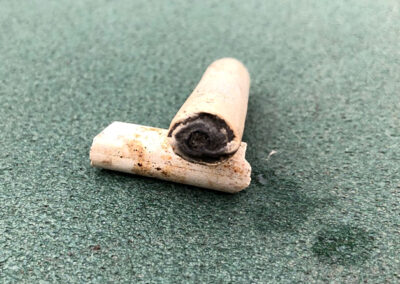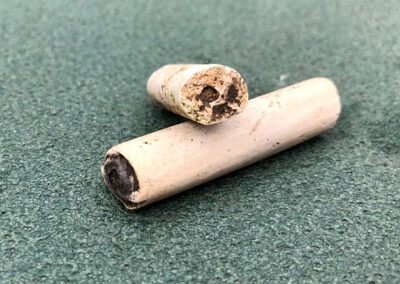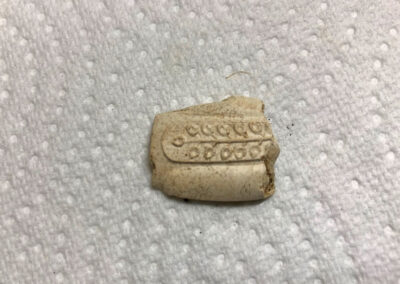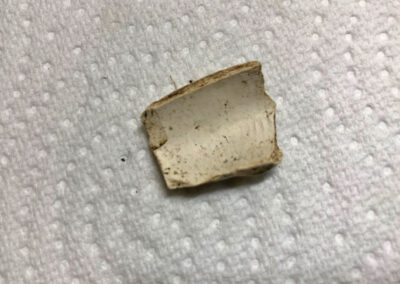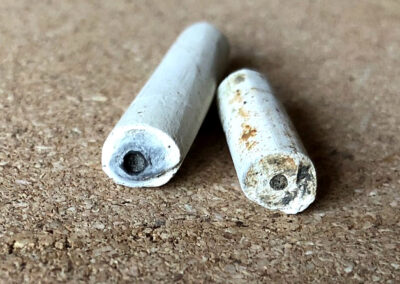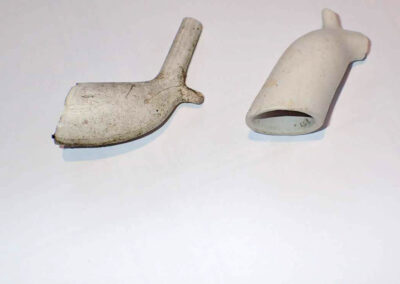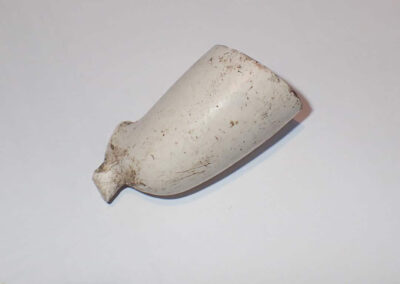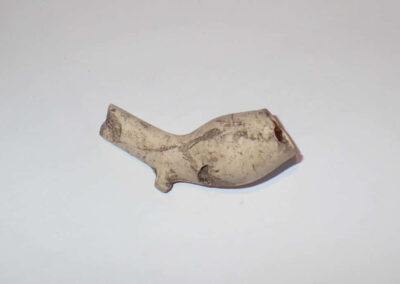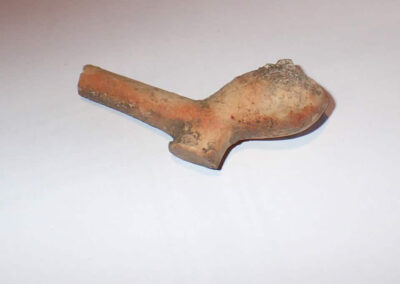
Recent Posts
Forthcoming Talks 2024/25 at Dilton Memorial Hall ♥
Upcoming Events 2024
Wiltshire’s Little Known Places
Historical sites you may never have been to.
Speaker James Archard
Have you ever wondered about the hidden historical gems nestled within the picturesque county of Wiltshire?
First 1000 Years Depicting Christ
Martyn has written many educational and history books, particularly on Anglo-Saxon England and the early medieval period, and is an experienced communicator.
1000 YEARS OF WARP AND WEFT
Wool has provided the raw material for clothing for thousands of years and the talk will show how the woollen trade enabled three west Wiltshire towns to become thriving industrial centres.
The Original Christmas Gifts
A return visit by speaker Andrew Campbell who will tell us some of the background and significance of these items as gifts.
Clay Tobacco Pipes
As members will be aware all our group activities and talks have had to be postponed until such time as the current guidance on social distancing is changed.
However this does not preclude individuals from taking part in their own research on the history of Dilton Marsh.
An example of just how you might well add to our knowledge on commercial activities undertaken in Dilton Marsh has been shown by one of our members finding Clay Pipe Stems while preparing ground for future crops/flowers.
As some will know, Dilton Marsh village had a successful clay smoking pipe maker by the name of William Spender from 1640 to 1703. William Spender’s will and activities are recorded ‘ however the location of his his work place in the village has not as yet been determined.
One sign of his works location would in all probability be given by the finding of large numbers of broken “waster” pipes , that is those that were not successfully fired.
William Spender does not seem to have stamped on his pipes any distinguishing marks, which most makers did, although there has been one find which could indicate his mark.
One of our support archaeologists, Marek J. Lewcun, has agreed to help with the identification of any such clay pipe stems or bowls found, providing a photograph or better still the actual find is made available. You will probably only find small broken pieces.
If you do find any examples of pipe then please keep them and we will be happy to look at them as and when convenient.
Graham Noble

